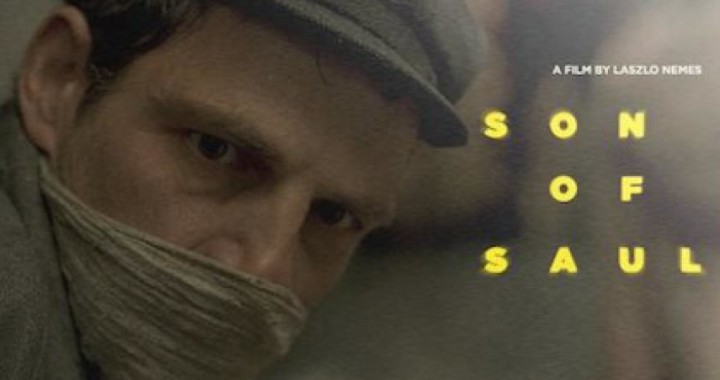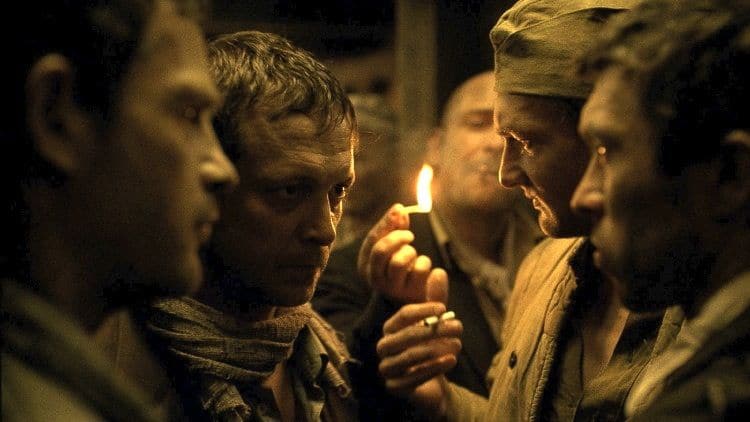Ah, the millennials. They just can’t seem to make it work, can they? Get a Job, directed by Dylan Kidd (Roger Dodger), is a comedy about a group of young people trying to find their first jobs. The movie was apparently shot in 2012, but due to distribution issues was only released this weekend in very few theaters and on VOD rather than the wide release expected for a movie playing to this broad of an audience. Miles Teller plays Will, a recent grad who starts his first day doing video production at LA Weekly only to learn that his job as been eliminated. His girlfriend Jillian (Anna Kendrick, Pitch Perfect) asks him to “step up” and find a job. unlike his pot-smoking roommates, while his old fashioned “work your way to the top” dad (Bryan Cranston, Breaking Bad) unexpectedly finds himself in a similar situation. The movie also features various subplots about Will’s roommates attempting to find their own first jobs and this is one of the reason the film falls apart.
The film feels overstuffed, despite its 82 minute runtime. It’s clear that this movie has gone through several overhauls in the editing room to create something releasable, but their attempts have failed. None of the plot threads are given enough time to allow the characters to grow, so the climaxes have little effect. There is also dialogue referring to scenes that didn’t make it into the final cut which leads to a film that feels entirely jumbled together. Even with the 4 year wait, Get a Job still plays like an early version.

The “comedy” script fails to produce any laughs. The writers were obviously targeting a Superbad-like movie, especially with their casting of Christopher Mintz-Plasse, but fail at creating both the likable characters and the humorous situations. The cast here is extremely talented and has done great work in other projects, but the script and editing don’t give them anything to work with. Cranston and Kendrick are the highlights, but even they can only do so much given their material and they aren’t featured enough to make an impact. Instead the jokes oscillate between trite and obscene and the language is both juvenile and crass. Alison Brie plays a hiring manager whose only lines are sexual advances that are both unwanted and unfunny. To put this in context, the film’s idea of comedy is her character trying to watch Will urinate for his drug test. Get a Job‘s humor never rises above a repulsively vulgar attempt at a Judd Apatow comedy.
Furthermore, the tone is absolutely inappropriate for the target audience. Starting right from the opening shot, Get a Job never loses its “kids these days” perspective. The film’s introductory montage posits that all of the characters’ problems are caused by their everyone-gets-a-trophy upbringing and that they can’t make it in the “real world” until they “toughen up”. Then, at the last minute, it doubles back and tries to claim, in a well delivered but unsubstantiated speech by Kendrick, that the younger generation doesn’t need the structure or direction of their parents to be happy. With no true, original, or even consistent insights to offer, the film fails at both skewering millennials and at uplifting them.
Totaling all these troubles, it’s clear that distribution issues were the least of the film’s problems. The 4 year wait apparently did not provide enough time construct a developed story and also outdated it as the economy has improved since filming. In retrospect, placing it on hold was actually the right decision because the movie has nothing to offer to any demographic. Get a Job is positioned as a film of and for the millennials but feels like a movie written by their disapproving grandparents with jokes by an obscene Seth Rogen knockoff.

1/5 stars.








